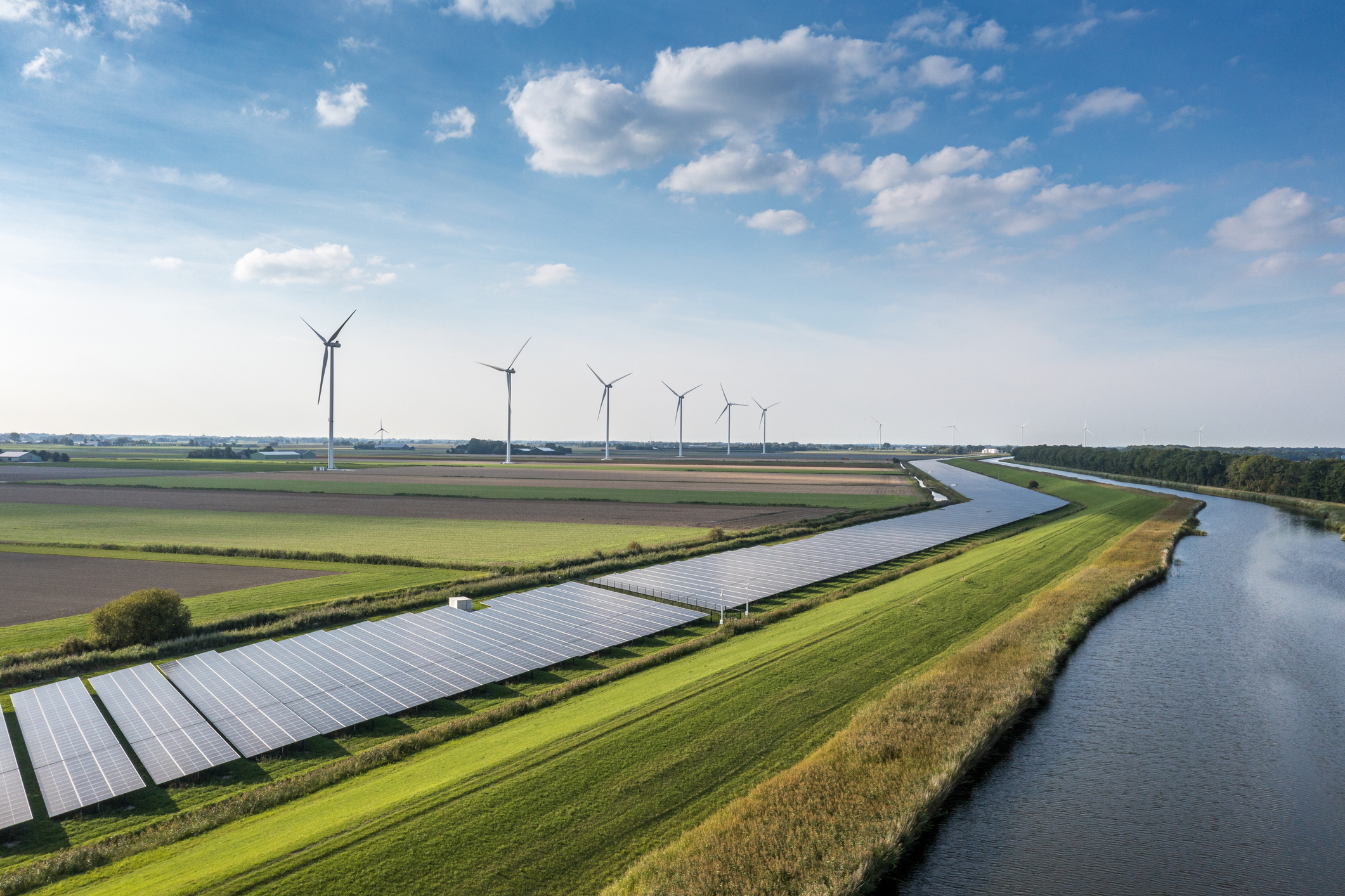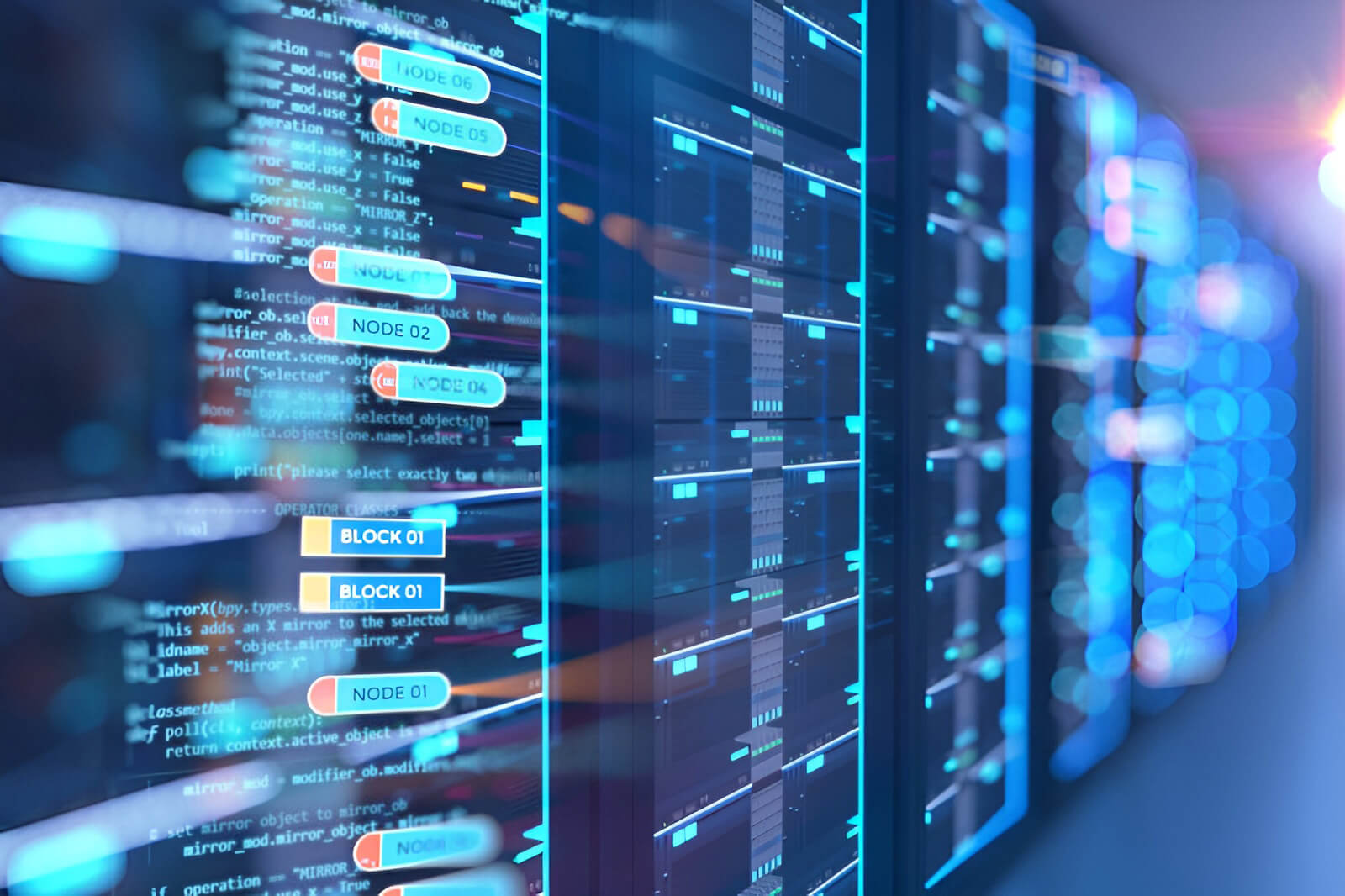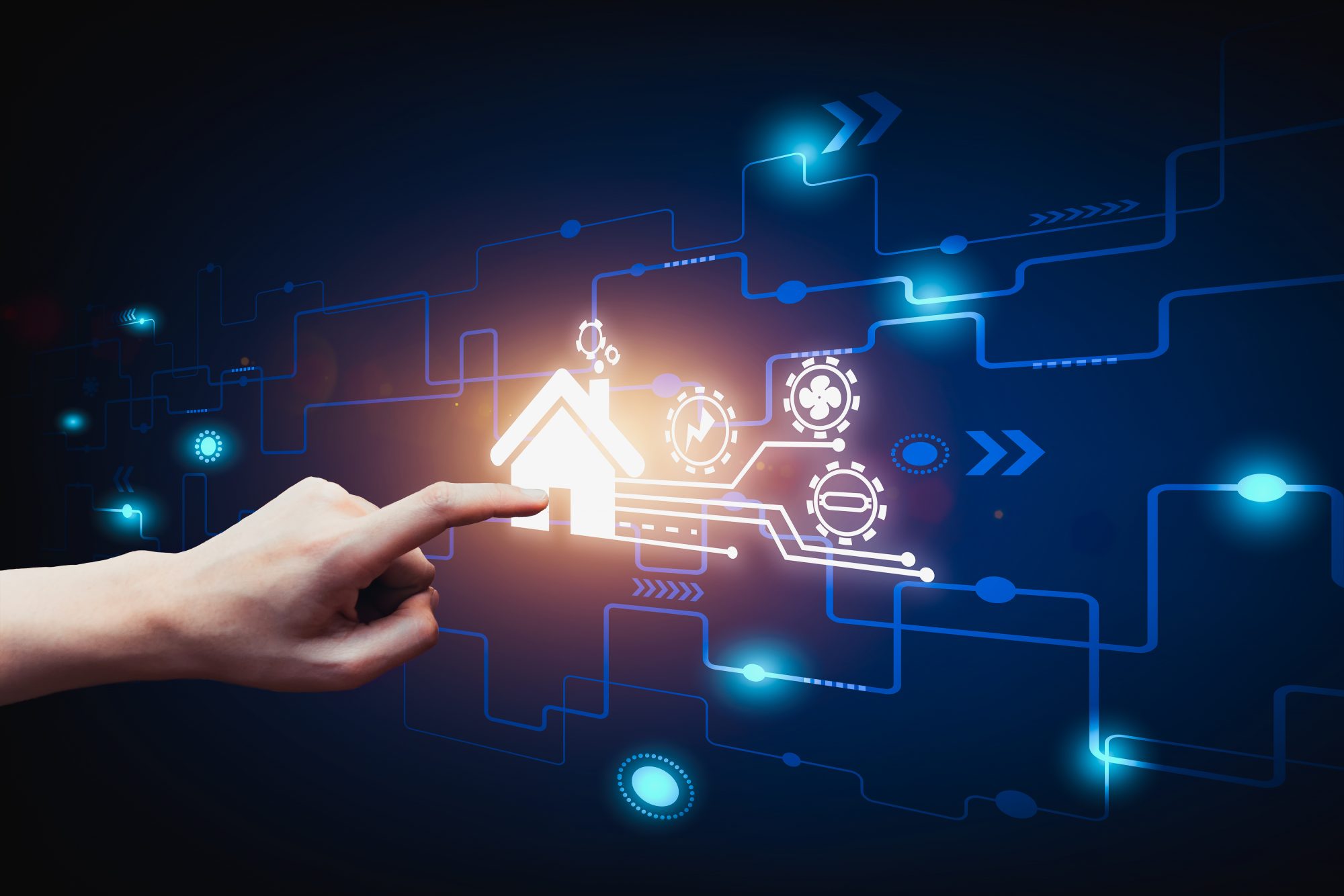Gaps in insight can result in security vulnerabilities within an OT device. IT regularly depends on asset discovery and configuration for providing a complete, clear picture of the managed environment. An OT system should be able to share the environment and offer remote configuration, management and discoverability. When administrators cannot see OT devices, they can’t manage and secure those devices, which can lead to vulnerabilities in security.
Part 3
IT/OT convergence enables the control and monitoring of connected systems and sensors on a large scale. With convergence, analyzing the data from these complex systems is much easier and more accessible. However, most utilities face a few challenges that can make IT/OT convergence difficult, including security concerns, technology issues and cooperation within the organization.
IT/OT Convergence: A Complete Guide
Learn all about IT/OT Convergence and the Future of Digital Grid

4. IT/OT Convergence Best Practices
To ensure a successful IT/OT convergence, your utility should follow some best practices and strategies.

5. TRC for Digital Grid Solutions
TRC can help energy providers navigate their IT/OT integration strategy and roadmap.
Though utilities have been making headway on grid modernization, many are behind on several key aspects of integrating IT and OT systems and workgroups.Since technology pervades every aspect of utilities’ operations, factors like automation, smart metering, two-way communications and variable-rate structures have become a reality for many companies. In a world of increasing change, the pressure to innovate is growing, and the pressure is coming from all sides – shareholders, regulators and consumers.
For a utility, this change does not come easily or occur in a vacuum. Utility consulting companies like TRC can help utilities embrace change, restructure and understand different kinds of risks. Utilities need to integrate the workgroups and complex processes between IT and OT that have often been siloed into separate departments. Technology is advancing at an unprecedented rate, business models are evolving, and regulations are shifting, which means making plans for the future is more important now than ever.
To improve grid modernization, utilities need to optimize and strengthen organizational culture and structure. Change within utilities can cause frustration and confusion, which means executives must be strategic about implementation. Utilities should concentrate on building stronger cultures and communicating their vision.
IT/OT Security Concerns
Cyberattacks are more common today than ever before. Since 2010, multiple cyberattacks have dealt damage to power facilities. In 2016, for example, cybercriminals targeted several power distribution centers in Ukraine, the first confirmed hack that took down a power grid. This attack left hundreds of thousands of residents in darkness.
According to security experts, if the attack had occurred in the United States, the outcome could’ve been far worse. This is because several grid control systems in the U.S. lack manual backup functionality. If Americans suffered a similar attack, they could be without power for significantly longer than the Ukrainians experienced.
As a result, the United States has taken steps to strengthen cybersecurity. Former President Obama issued an executive order to provide a flexible, cost-effective, performance-based and repeatable approach for managing cybersecurity risk among those organizations responsible for delivering critical infrastructure services. Later, former President Trump issued another executive order for cybersecurity. Power companies in the U.S. must address the issue of cybersecurity at every level, from generation plants to transmission lines to homes and businesses. Along with federal mandates, power companies may be subject to local laws regarding cybersecurity.
Implementing methods for security protection and maintaining operational integrity can be difficult for a critical infrastructure organization. Unfortunately, cybersecurity concerns are also causing utilities to move hesitantly toward IT/OT convergence. Utilities fear cyberattacks from non-state actors and foreign governments, as these attacks have already occurred and are becoming more frequent. Along with service disruption, cyberattacks can pose significant risks to a company’s reputation.
OT systems may need to be updated to support current security features and requirements. Unlike IT systems that often last only a few years, an OT system can last for decades. Unfortunately, these legacy systems rarely incorporate security features and may not be capable of being upgraded due to proprietary protocols or designs. Every converged system should be evaluated for security, and an OT system that cannot support the company’s security requirements may need to be updated or replaced.
An OT production system is often required all day and cannot be paused for updates or upgrades without a significant revenue loss. Some organizations ignore possible security vulnerabilities because they cannot afford the costs associated with the downtime necessary to remediate risks.
OT and IT rarely work together, resulting in security oversights that increase operating costs, duplicate efforts, increase complexity and expose flaws in security that cyber attackers can exploit. To ensure the company’s security, disparate teams need to collaborate, communicate and prioritize in ways that may not have been required or possible in previous years.
Challenges of Converging IT and OT
Organizations likely need to reform most, if not all, areas to ensure a successful digital transformation, and the modernization of OT via IT integration is no exception. Utilities face myriad challenges when converging IT and OT systems. These challenges include IT/OT training, maintaining security, team support, process convergence, integration with systems, complex external environments, navigating the Department of Energy, a secure implementation of the Internet of Things (IoT) and a disconnect between C-suite and managers.
IT/OT Systems Integration
Along with cybersecurity threats, grid management is more complex today than ever. Utilities are dealing with an unprecedented challenge due to the integration of smart meters, connected devices, renewables and electric vehicles. Additionally, energy flow is bidirectional, so end users both consume energy and generate it, feeding into the grid.
One of the solutions for digital power grids is IT/OT systems integration. OT is ubiquitous throughout utilities, manufacturing and energy, but the power industry stands to benefit substantially from aligning IT and OT functions, which could foster operational excellence. Integrating the IT and OT systems is possible but requires thoughtful, deliberate actions and planning. Three phases are involved in an IT/OT integration strategy.
- Organizational phase: This phase facilitates communication and collaboration between IT and OT teams. During this phase, teams work together to align efforts and share information, typically under the supervision and guidance of a convergence evangelist or a senior manager.
- Technical phase: The convergence architecture is designed and developed at this stage. The technical phase usually includes security and management issues and can involve proof-of-principle validation.
- Operational phase: This phase involves operating and deploying the converged environment. This can include regular infrastructure updates and refreshes when technology evolves.
Contact TRC to learn more about IT and OT convergence opportunities and challenges and how you can align your siloed IT and OT departments toward integrated goals.
IT/OT Convergence Benefits
Despite these challenges, converging IT and OT can offer several benefits to utilities. IT/OT convergence allows for more complete monitoring and direct control, along with easier data analysis from these complex systems. Because workers can do this data analysis from anywhere in the world, they can more efficiently do their jobs and improve decision-making. Employees and leaders will have access to real-time insights due to converged data.
Here are some of the other advantages of IT/OT convergence:
These benefits are enough to convince most utilities to integrate their IT and OT systems, data and departments, but before taking steps toward IT/OT convergence, organizations should be aware of the relevant best practices and strategies.
As the IT and OT departments share their areas of expertise and manage converged technology, the traditionally siloed departments will become more integrated.
After IT/OT convergence, teams can better predict when a device may fail and plan to use resources more efficiently. With a digitized maintenance process, utilities can develop a more scalable system, allowing more room for digitized devices. Because IT/OT convergence enables utilities to analyze device data from the source, you can also improve overall system security.
Additionally, IT/OT convergence can result in less unplanned downtime. Unlike preventive maintenance, predictive maintenance technologies allow companies to monitor for situations that may indicate potential equipment failures, collect data in real-time from the assets affected and perform repairs during scheduled downtime. As a result, utilities can also extend the asset’s life span and significantly reduce repair costs.
As an OT system becomes more engaged and more in line with a utility’s needs, IT/OT convergence can lead to more efficient use of workforce resources and overall energy needs.
IT/OT convergence can also lead to better management, auditing and visibility within a utility.
Since OT and IT systems are managed via a common methodology, IT/OT convergence can lead to more efficient asset management.
Because integrating IT and OT allows for better management, auditing and visibility, utilities can better comply with regulatory standards. This is crucial for safe and successful operation.
Since the OT department gains the ability to transmit maintenance data in real-time, utilities can improve visibility and automation for distributed OT.
With IT/OT convergence, utilities can also lower costs for operations, support and development. This can lead to huge cost savings.
Cybersecurity is critical for any organization to ensure customer information and intellectual property are protected. Linking machines can offer several benefits, but the change and the increase in cybersecurity threats mandate a new strategy for cybersecurity. The cybersecurity solution should enable monitoring, secure data flow and connect networks and should include features that organize, defend and react to threats. To implement a new approach to cybersecurity, IT and OT departments must collaborate.

Part 4: IT/OT Convergence Best Practices
To ensure a successful IT/OT convergence, your utility should follow some best practices and strategies.

Achieve New
Possibilities
Partner With TRC’s Tested Practitioners





